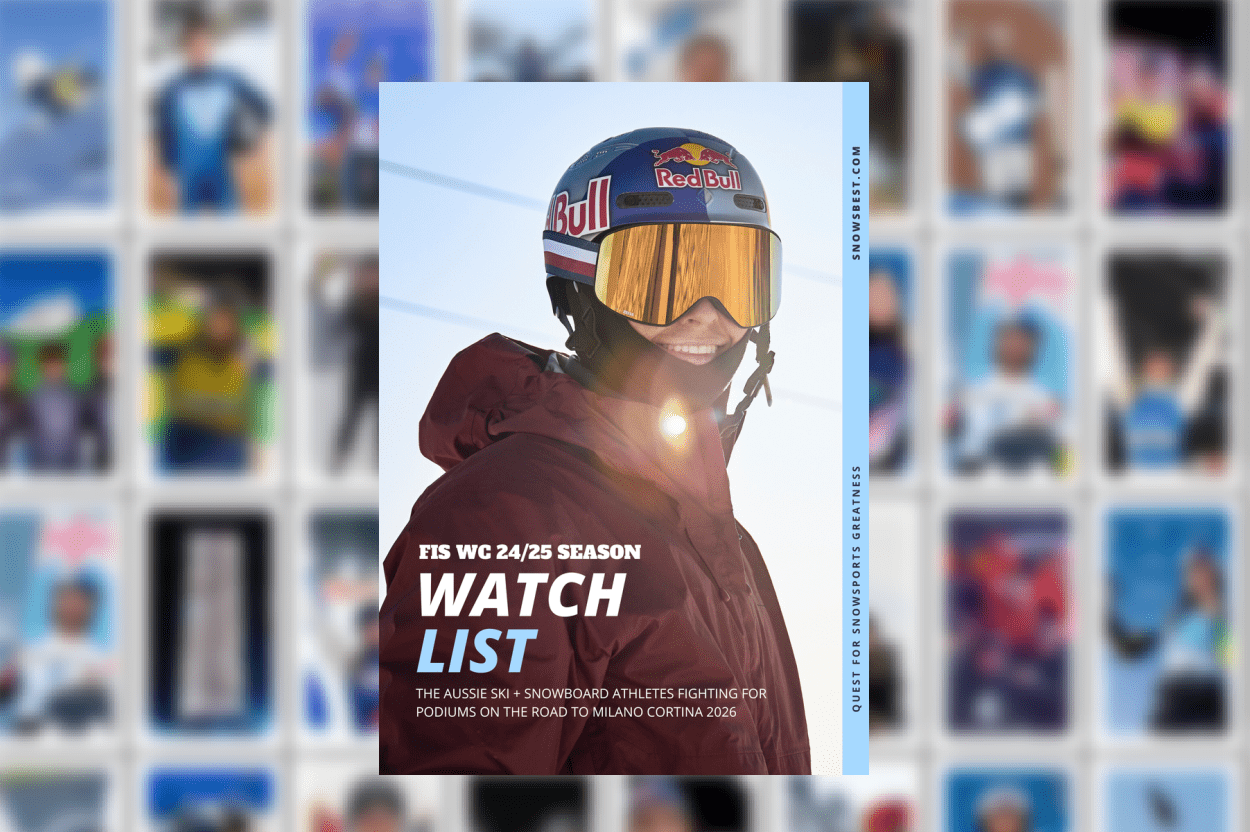“It’s just like Jackson Hole. On a good day, maybe better”.
After hearing too many whispers like this from long-time Jackson Hole faithfuls, I finally committed to making the trek up from Wyoming to Montana. I wanted to see for myself, is this place really worth all the fuss?
A short three-and-a-half-hour drive north of Jackson, you’ll find Montana’s Big Sky ski resort. Similar to its Wyoming counterpart, Big Sky straddles Yellowstone National Park and sits within the Northern Rockies.
Overshadowed by arguably North America’s number one ski resort, Big Sky never seems to reap the media attention that Jackson Hole Mountain Resort receives. However, taking a closer look at their respective stats, it seems Big Sky is the quiet achiever of the two.
With 5,850 skiable acres of in-bound terrain, Big Sky has plenty of room to explore. It’s so expansive in fact, it takes three different trail maps to illustrate the skiable terrain accessible from its three peaks. One could easily spend a week negotiating runs on and off-piste and never need to hit the same run twice.
As for degrees of difficulty, Big Sky holds a more even spread than its famous rival. With 22% beginner, 25% intermediate, 35% advanced, and 18% expert, there’s more than just a little something for everyone. Plus, if challenging terrain is what you’re chasing, Big Sky delivers in droves.

Though not as eye-catching as Jackson’s “Big Red”, Big Sky also hosts its own tram. A quick four-minute ride catapults guests to the tip of Lone Peak, a mesmerising 11,166 feet of top elevation (or just over 3400 metres), and a thrilling 4350 feet of vertical drop.
Alternatively, if you’re on the hunt for a leg-burner, look no further than Big Sky’s longest run, Liberty Bowl to Mountain Village. Clocking in at 6 miles or 9.6km, the trail is the perfect test for those seeking an endurance challenge.
With the self-proclaimed, most technologically advanced lift system in North America, Big Sky boasts an impressive 41,000 skiers per hour lift capacity. Thanks to high-speed chairs and expansive terrain, crowds are dispersed quickly, so less time waiting, more time riding.
The impressive lift capacity is propelled by Big Sky’s state-of-the-art eight and six-seater chairlifts. Fully equipped, with seat warmers, headrests, automatic locking and unlocking safety bars, as well as weatherproof “Big Sky Blue Bubbles” (similar to what you find at some Japanese Ski Resorts), riders looking for some creature comforts won’t be disappointed.
They don’t call it “cold smoke” powder for no reason. Big Sky sees an impressive 400 inches of annual snowfall (that’s over 10 metres). Like most of Montana, it benefits from frigid temperatures throughout winter. When the snow comes, it falls as that unbeatable dry, “cold-smoke” powder Montana is famous for.
Pairing the unbeatable snow, with expert terrain, particularly, the high-risk, no-fall zones off Lone Peak, you’ve found yourself something legendary, and a legitimate rival to the famous runs of Jackson Hole.
If you’re a fan of Jackson Hole Mountain Resort it is worth making the trip to Big Sky Montana, and I’d suggest visiting sooner rather than later. This quieter achiever is sure to move out of the shadows soon (it’s on the Ikon Pass after all) and garner attention as the new “it” resort for Aussies, that it rightly deserves to be.
The beauty is that you can, with only three and a half hours between them, do both resorts in the one trip and decide for yourself.
We need to talk about the Lone Peak Tram’s advanced terrain

So you want to ride the Lone Peak Tram. Trust us, you do. It takes you to the top of the upper mountain with access to some seriously good advanced and expert terrain filled with pristine untouched powder.
We recommend booking a Tram Guide for a half day or full day experience and not just because your tram access costs are included. They’ll suss out your skill and ability level (you must be advanced) and then make a plan of the terrain to explore. Be warned, if you want to hit up the famed Headwaters/AZs or ski the Big Couloir or North Summit Snowfield you’ll need a full day Tram Guide, they’ll also provide you with appropriate avalanche safety equipment.
Skiers and boarders must sign out with patrol and secure a time slot for certain advanced terrain. Your Tram Guide will take care of it, if you don’t have one then make sure you visit ski patrol when you alight from the tram to get your spot.
Need to know
Getting to Big Sky is easy. Fly into Bozeman and take an hour scenic drive through the Canyon up Highway 191, you’ll find Big Sky half way between Bozeman and West Yellowstone.
The resort offers a plethora of accommodation options from hostels to uber luxe hotels and both self serviced condominiums and full service chalet style homes.
Check out the resort’s website for more.









































